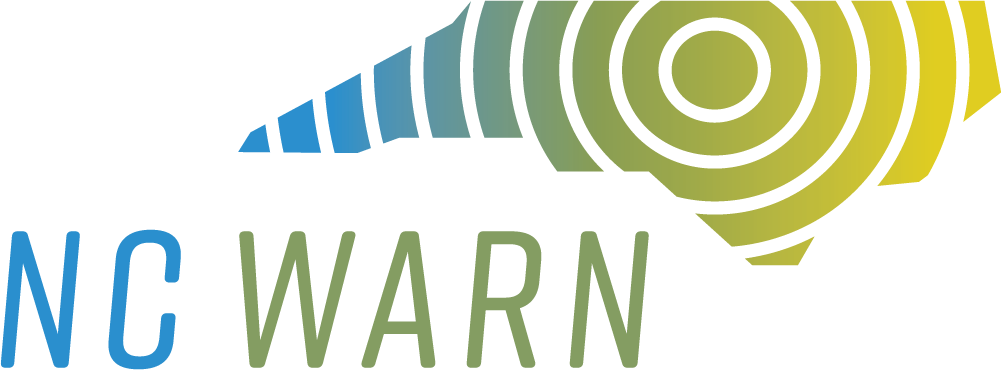By Beth Gardiner
The killing of George Floyd by Minneapolis police and the disproportionate impact of Covid-19 on African Americans, Latinos, and Native Americans have cast stark new light on the racism that remains deeply embedded in U.S. society. It is as present in matters of the environment as in other aspects of life: Both historical and present-day injustices have left people of color exposed to far greater environmental health hazards than whites.
Elizabeth Yeampierre has been an important voice on these issues for more than two decades. As co-chair of the Climate Justice Alliance, she leads a coalition of more than 70 organizations focused on addressing racial and economic inequities together with climate change. In an interview with Yale Environment 360, Yeampierre draws a direct line from slavery and the rapacious exploitation of natural resources to current issues of environmental justice. “I think about people who got the worst food, the worst health care, the worst treatment, and then when freed, were given lands that were eventually surrounded by things like petrochemical industries,” says Yeampierre.
Yeampierre sees the fights against climate change and racial injustice as deeply intertwined, noting that the transition to a low-carbon future is connected to “workers’ rights, land use, [and] how people are treated,” and she criticizes the mainstream environmental movement, which she says was “built by people who cared about conservation, who cared about wildlife, who cared about trees and open space… but didn’t care about black people.”
Yale Environment 360: You’ve spoken about the big-picture idea that climate change and racial injustice share the same roots and have to be addressed together, and that there is no climate action that is not also about racial justice. Can you describe the links you see connecting these two issues?
Elizabeth Yeampierre: Climate change is the result of a legacy of extraction, of colonialism, of slavery. A lot of times when people talk about environmental justice they go back to the 1970s or ‘60s. But I think about the slave quarters. I think about people who got the worst food, the worst health care, the worst treatment, and then when freed, were given lands that were eventually surrounded by things like petrochemical industries. The idea of killing black people or indigenous people, all of that has a long, long history that is centered on capitalism and the extraction of our land and our labor in this country.
For us, as part of the climate justice movement, to separate those things is impossible. The truth is that the climate justice movement, people of color, indigenous people, have always worked multi-dimensionally because we have to be able to fight on so many different planes.
When I first came into this work, I was fighting police brutality at the Puerto Rican Legal Defense Fund. We were fighting for racial justice. We were in our 20s and this is how we started. It was only a few years after that I realized that if we couldn’t breathe, we couldn’t fight for justice and that’s how I got into the environmental justice movement. For us, there is no distinction between one and the other.
In our communities, people are suffering from asthma and upper respiratory disease, and we’ve been fighting for the right to breathe for generations. It’s ironic that those are the signs you’re seeing in these protests — “I can’t breathe.” When the police are using chokeholds, literally people who suffer from a history of asthma and respiratory disease, their breath is taken away. When Eric Garner died [in 2014 from a New York City police officer’s chokehold], and we heard he had asthma, the first thing we said in my house was, “This is an environmental justice issue.”
The communities that are most impacted by Covid, or by pollution, it’s not surprising that they’re the ones that are going to be most impacted by extreme weather events. And it’s not surprising that they’re the ones that are targeted for racial violence. It’s all the same communities, all over the United States. And you can’t treat one part of the problem without the other, because it’s so systemic.
With Hurricanes Maria and Katrina, the loss of lives came “out of a legacy of neglect and racism.”





